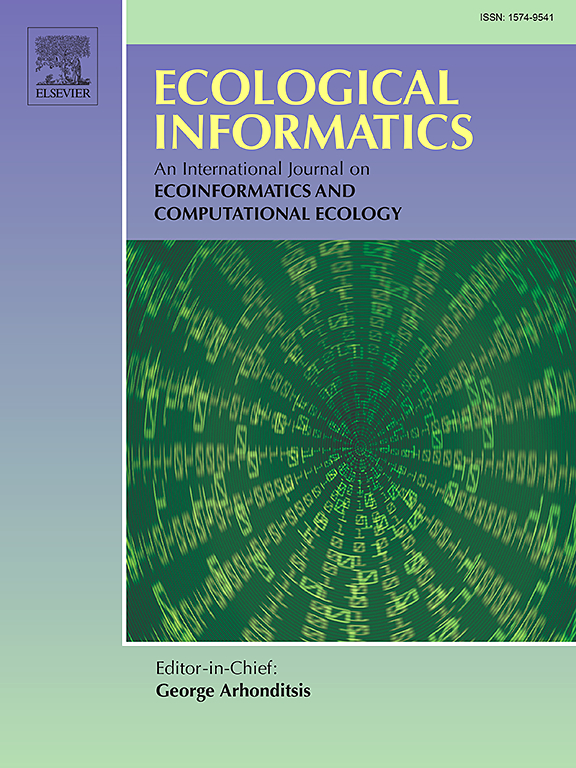Vegetation coverage patterns in the “mountain–basin” system of arid regions: Driving force contribution, non-stationarity, and threshold effects
IF 5.8
2区 环境科学与生态学
Q1 ECOLOGY
引用次数: 0
Abstract
The spatiotemporal pattern and asymmetry characteristics of the normalized difference vegetation index (NDVI) in Xinjiang were analyzed on multiple scales. A multi-model attribution analysis framework that combined a geodetector model (GD), geographically weighted regression (GWR), and random forest (RF) was constructed, since previous efforts using these approaches individually were not able to capture both linear and nonlinear effects. The action laws of contribution degree identification, spatial non-stationarity analysis, and response threshold exploration of NDVI driving factors were also analyzed. The results showed that: (1) the annual mean NDVI in Xinjiang from 2000 to 2021 was 0.106, and overall macroscopic pattern was high in mountainous areas and low in basins. The interannual NDVI exhibited a fluctuating and slightly increasing trend, while the summer NDVI increased the fastest. The asymmetric change trend of the NDVI between seasons was the strongest in the Altay Mountains and Yili River Valley. (2) The NDVI first increased and then decreased with increasing elevation, reaching a peak at a height ranging 2–3 km. The NDVI was highly heterogeneous in mountainous and oasis areas and relatively homogeneous in basins. (3) A scale effect was observed. The detection results of the GD model differed between the Xinjiang and mountain scales. (4) Temperature (Tem), relative humidity (Rh), and precipitation (Pre) had positive effects on NDVI changes, whereas land surface temperature (LST) and summer temperature had negative effects. The threshold of LST was 9 °C in summer, and the temperature threshold was 25 °C. Our results provide guidance for analyzing the causes and ecological effects of vegetation growth.
求助全文
约1分钟内获得全文
求助全文
来源期刊

Ecological Informatics
环境科学-生态学
CiteScore
8.30
自引率
11.80%
发文量
346
审稿时长
46 days
期刊介绍:
The journal Ecological Informatics is devoted to the publication of high quality, peer-reviewed articles on all aspects of computational ecology, data science and biogeography. The scope of the journal takes into account the data-intensive nature of ecology, the growing capacity of information technology to access, harness and leverage complex data as well as the critical need for informing sustainable management in view of global environmental and climate change.
The nature of the journal is interdisciplinary at the crossover between ecology and informatics. It focuses on novel concepts and techniques for image- and genome-based monitoring and interpretation, sensor- and multimedia-based data acquisition, internet-based data archiving and sharing, data assimilation, modelling and prediction of ecological data.
 求助内容:
求助内容: 应助结果提醒方式:
应助结果提醒方式:


